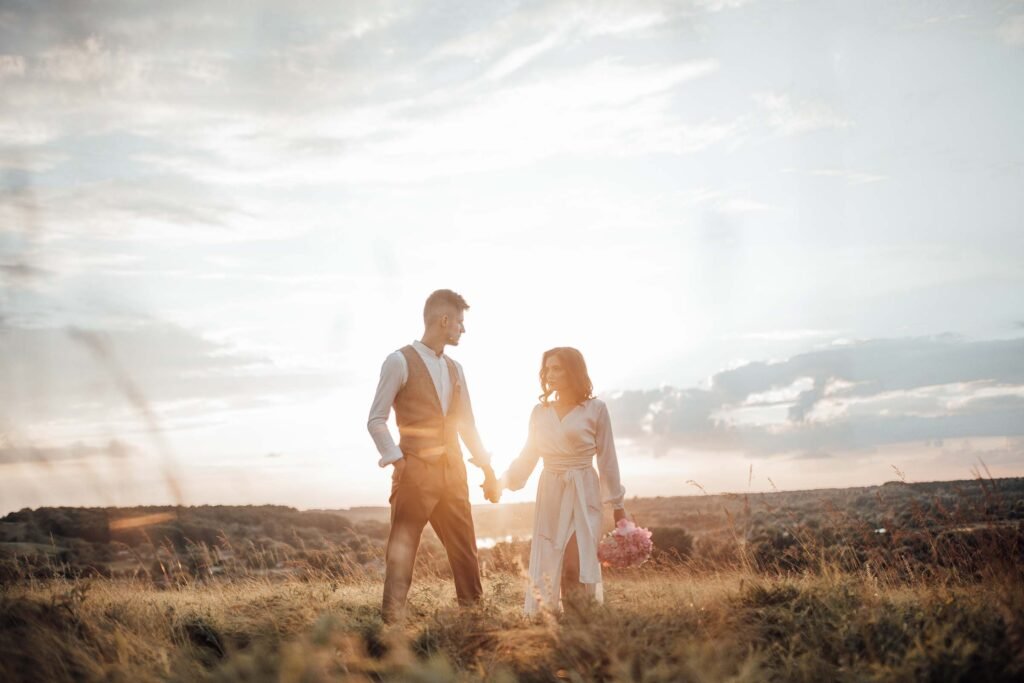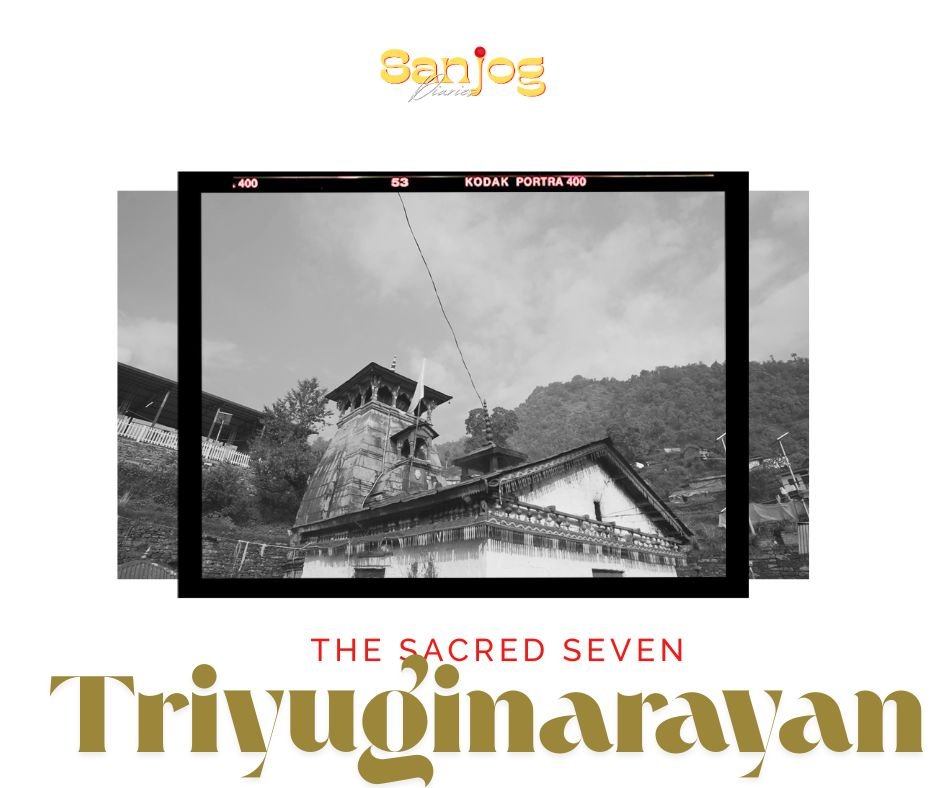Photography allows us to capture the beauty of the world around us, and one of the most rewarding forms of photography is landscape photography. From sweeping mountain ranges to quiet lakes, landscapes offer endless opportunities for creative expression. However, capturing the essence of a landscape can be challenging without the right approach. In this blog post, we’ll share five essential tips to help you capture breathtaking landscape photos that will stand out.
1. Plan Your Shots with the Golden Hour in Mind
One of the best times to shoot landscapes is during the “golden hour” – the time just after sunrise or just before sunset. During this period, the light is soft, warm, and diffused, casting long shadows and creating beautiful highlights. The gentle light adds a magical touch to your images, enhancing the mood and depth of the scene.
Tip: Use apps like Golden Hour or Sun Seeker to track the exact time for the golden hour in your location, so you never miss the perfect light.
2. Use a Tripod for Sharp, Clear Shots
When shooting landscapes, especially in low light conditions, a tripod is essential. It helps stabilize your camera and prevents camera shake, ensuring your images are sharp and crisp. Long exposure shots, such as those capturing a moving waterfall or river, can also benefit greatly from the steady base a tripod provides.
Tip: A sturdy tripod is worth the investment, as it will last longer and give you better results. For added convenience, look for lightweight tripods if you’re hiking to your shooting location.
3. Focus on Composition – Follow the Rule of Thirds
Great landscape photography isn’t just about having a beautiful scene in front of you; it’s about how you frame that scene. The rule of thirds is one of the most powerful compositional techniques in photography. By dividing your image into a 3×3 grid, you can place key elements (such as the horizon, trees, or mountain peaks) along the grid lines or at their intersections to create a balanced and visually appealing composition.
Tip: Experiment with different focal points and perspectives. Don’t be afraid to get low to the ground or climb higher to capture unique angles.
4. Embrace Depth and Foreground Interest
One way to make your landscape photos feel more dynamic is by adding a strong foreground element. This can be anything from a winding path, a field of flowers, or a rock formation. By doing so, you create depth, guiding the viewer’s eye through the frame and making the scene feel more three-dimensional. A foreground element also draws attention to the overall story you’re trying to tell through your image.
Tip: Look for lines or shapes in the landscape, such as rivers, roads, or fences, to lead the viewer’s eye through the composition.
5. Shoot in RAW for Maximum Flexibility
Shooting in RAW format rather than JPEG gives you greater flexibility during the post-processing stage. RAW files capture more data, allowing you to make adjustments to exposure, contrast, and white balance without compromising image quality. This is especially helpful when photographing landscapes, where lighting conditions can change rapidly.
Tip: If you’re new to post-processing, software like Adobe Lightroom and Photoshop can help you unlock the full potential of your RAW images.
Conclusion
Landscape photography is a rewarding journey that offers endless opportunities to connect with nature and create stunning images. By planning your shots, utilizing the golden hour, focusing on composition, adding foreground interest, and shooting in RAW, you’ll be able to elevate your landscape photography to new heights.
Remember, practice makes perfect, so get outside, experiment with these tips, and enjoy the process of capturing the beauty of the world through your lens.












 Crafting Memories with Love & Art
Crafting Memories with Love & Art